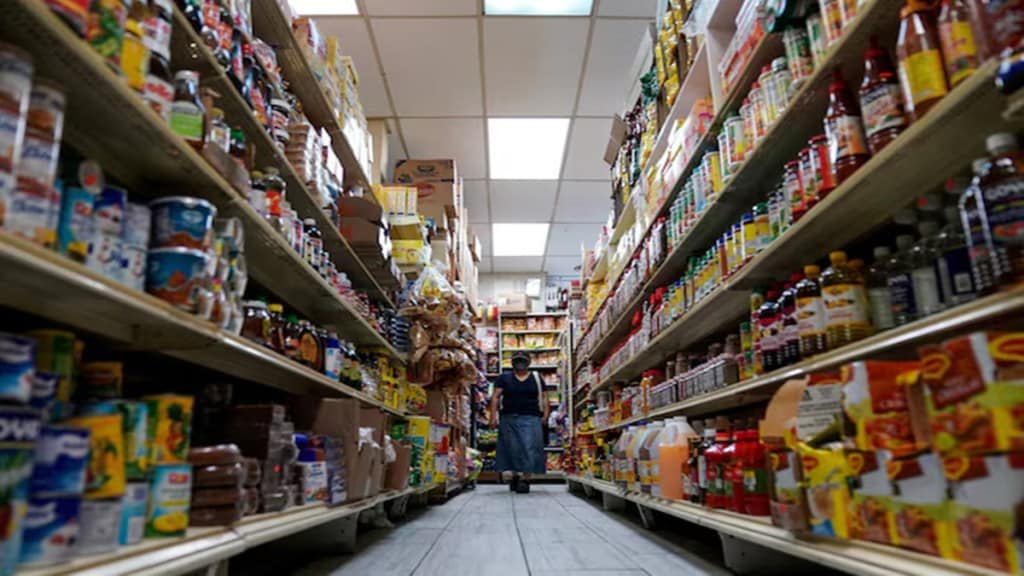Fast-moving consumer goods (FMCG) companies are likely to feel the heat of trade disruption caused by the GST reforms in the September quarter, as the retail universe adjusts to the new tax regime, which kicked in from September 22.
Conversations with industry executives indicate that topline growth will likely come in at 2-3%, as volume growth is expected to be weak in Q2 due to destocking by trade.
HUL flags trade destocking and weak volume growth
The first indication was given by sector bellwether Hindustan Unilever (HUL) last week, which said it saw near-flat to low-single-digit growth in Q2 due to postponement of new orders by trade to clear existing stock and delayed pantry buying by consumers, notably, in September. The trend is expected to continue into October as kiranas are likely to wait for old stock to clear completely.
“We anticipate a recovery starting November as prices stabilise, underpinned by rising disposable incomes and ongoing portfolio transformation actions,” HUL said.
Kiranas and ITC concerns slow price gains; recovery expected
Daily essentials such as soaps, shampoos, toothpastes, talcum powder, hair oils, nutrition and food and beverage products, including bottled water and juices, now attract 5% GST from 12% or 18% earlier. Most companies have already announced price cuts on products where GST rates have been rationalised, but retail trade, notably, kiranas–the backbone of FMCG distribution in India–have been slow to pass on these gains to consumers, arguing that they are sitting on existing stock which had higher GST preventing them from doing much.
“There has been some concern among trade about refunds with regard to input tax credit (ITC) on existing inventory. While companies did offer higher discounts in the run-up to GST 2.0 to help trade clear stock, existing inventory will take about a month to clear,” a top Mumbai-based distributor said.
Most companies also indicate that new stock will land in stores in the middle of October, just in time for Diwali. “The FMCG sector operates on an MRP regime, and stocks that dealers and companies are sitting on today are at higher MRPs,” Sudhir Sitapati, MD & CEO, Godrej Consumer (GCPL), said. “It will take a little time before new MRPs flow into the market. While Q2 may remain somewhat volatile due to these transitional issues, we are very bullish going into Q3,” he added.
Some retailers also indicate that ITC refunds by companies to trade would be limited to their authorised distributors and that wholesalers and retailers (which constitute a company’s indirect distribution channel) will not be part of this exercise.
“This is partly why wholesalers and retailers have reduced their stock levels, choosing to clear out existing inventory before placing new orders,” a Delhi-based retailer told FE.
Companies such as Dabur, Marico and AWL Agri Business are expected to come out with their business updates in the coming weeks, alluding to the impact of stock adjustments on their Q2 performance. HUL will report its Q2 numbers on October 23, according to its filing to stock exchanges.


